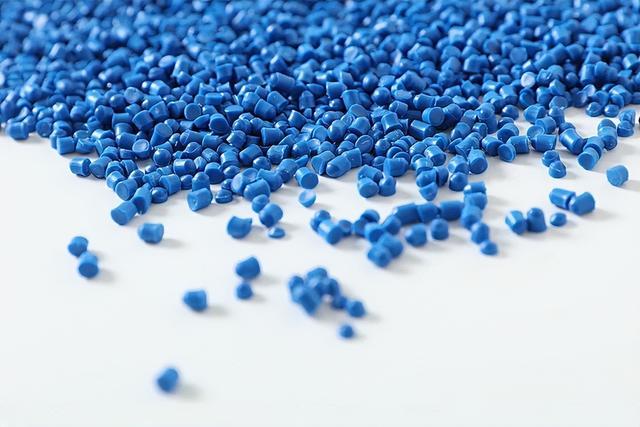Main performance characteristics of conductive PC materials
Release time:
2025-08-04
Conductive PC (polycarbonate) materials are engineered to combine the inherent advantages of polycarbonate-such as high impact resistance, transparency, and thermal stability-with electrical conductivity. Here are their main performance characteristics:
1. Electrical Conductivity
Surface Resistance: Typically ranges from 10^3103 to 10^9109 ohms/square, depending on the filler type (e.g., carbon fibers, metal-coated particles, or conductive carbon black).
ESD (Electrostatic Dissipative) Properties: Prevents static buildup, making them ideal for electronics and sensitive environments.
Shielding Effectiveness: Some grades offer EMI/RFI shielding (e.g., 30–60 dB) when loaded with conductive fillers like nickel-coated fibers.
2. Mechanical Properties
High Impact Strength: Retains PC's toughness (e.g., notched Izod impact > 500 J/m).
Stiffness & Strength: Modulus can range from 2–10 GPa, but may decrease with high filler content.
Durability: Resists cracking and fatigue better than standard conductive plastics like ABS.
3. Thermal Performance
Heat Resistance: Retains PC's high T_gTg (glass transition temperature) of ~147°C; some grades withstand up to 120°C continuously.
Dimensional Stability: Low thermal expansion and warpage, even with conductive additives.
4. Optical Properties (if applicable)
Transparency: Rare, but possible with low loadings of nanowires or transparent conductive oxides (e.g., ITO).
Opaque Grades: Most conductive PCs are opaque due to high filler content (e.g., carbon black).
5. Chemical & Environmental Resistance
Solvent Resistance: Resists alcohols, weak acids, and oils, but may degrade with strong bases or ketones.
UV Stability: Can be improved with additives for outdoor use (unlike conductive ABS).
6. Processing Compatibility
Injection Molding & Extrusion: Processable like standard PC, but may require adjustments for filler-induced viscosity.
Abrasive Wear: Conductive fillers can wear machinery; hardened screws/nozzles are recommended.
7. Applications-Driven Features
Lightweight: Alternative to metal shielding in aerospace/automotive.
Design Flexibility: Enables complex geometries (unlike metal casings).
Regulatory Compliance: Meets FR flammability ratings (e.g., V-0) and RoHS standards.
Ps: The above news come from website.
Previous article
Previous article
Recommended news
undefined







